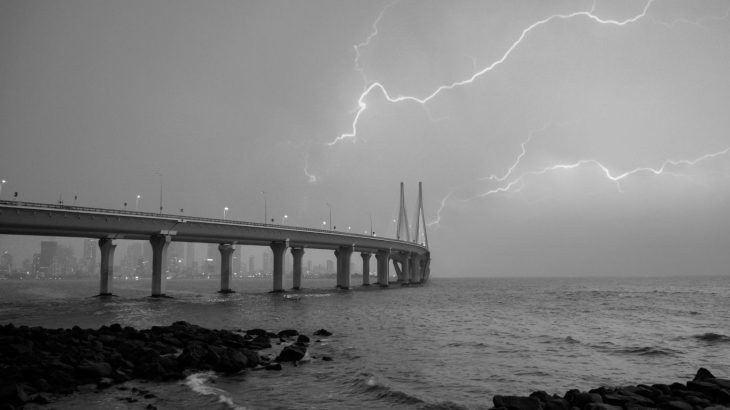Mumbai doesn’t knock before opening the skies. One minute, it’s humid and heavy; the next, it’s a full orchestra of thunder and sweeping rains. But these days, the monsoon is arriving earlier than expected, catching not just Mumbaikars off guard, but also the city’s trees.
We’ve always known the rains as life-givers. Yet, like most gifts from nature, timing is everything.
The Flip Side of Early Showers
Early rains may seem like a blessing in a city gasping for cooler air, but for young trees, it’s a different story.
Imagine being a newly planted sapling, just beginning to stretch your roots. Now imagine a sudden, intense downpour, before you’ve had time to settle. These premature showers can erode topsoil, displace saplings, and lead to root rot due to waterlogging.
According to the Indian Institute of Tropical Meteorology, Mumbai’s monsoon onset has advanced by nearly 4–7 days over the past two decades, and it’s not just earlier, it’s more intense. In an already dense and overburdened urban forest, such unpredictability makes survival even harder for trees.
But This Year Was Different
When the first rains touched the soil this May, weeks ahead of schedule, the Grow-Trees.com team wasn’t anxious. They were ready.
Why?
Because preparation met opportunity.
Why Does Grow-Trees.com Cherish Planting from June to September?
At Grow-Trees.com, we’ve spent years aligning our plantation cycle with the natural rhythms of each region we serve. In areas like Maharashtra, Madhya Pradesh, and Rajasthan, where the monsoon typically begins in June, our planting calendar runs from June to September, covering a full seasonal cycle to give saplings the best chance of survival.
However, we recognize that India’s ecological diversity demands different strategies. In states like Tamil Nadu, Andhra Pradesh, and West Bengal, where rainfall patterns vary significantly, planting timelines are adapted to match local climatic conditions.
This regional awareness is crucial. And this May, in areas where the monsoon came early, we were ready.
Thanks to proactive site preparation, detailed assessments, and local community mobilization, our partners had already tilled the land and readied the saplings. So when the early rains arrived, they met soil that was ready to absorb, not resist, the downpour.
- The rains did the watering. No scrambling for irrigation lines.
- Roots could settle. With the ground prepared, saplings began anchoring immediately.
- Survival rates stayed strong. Past data suggests that when sites are prepped ahead of early monsoons, tree survival can increase by up to 18%.
This wasn’t a coincidence. It was the result of listening to the land, learning from experience, and living in sync with a changing climate.
